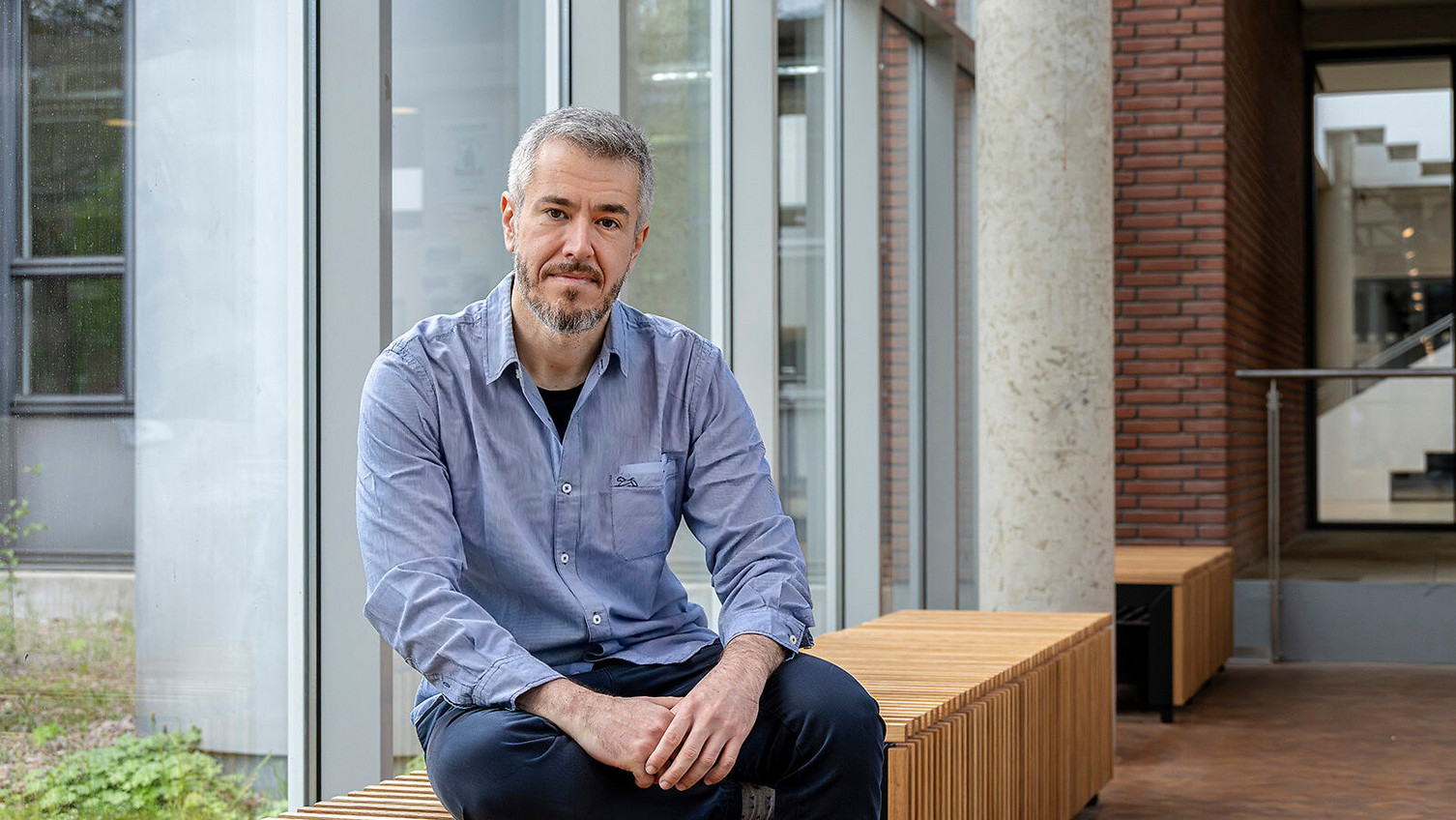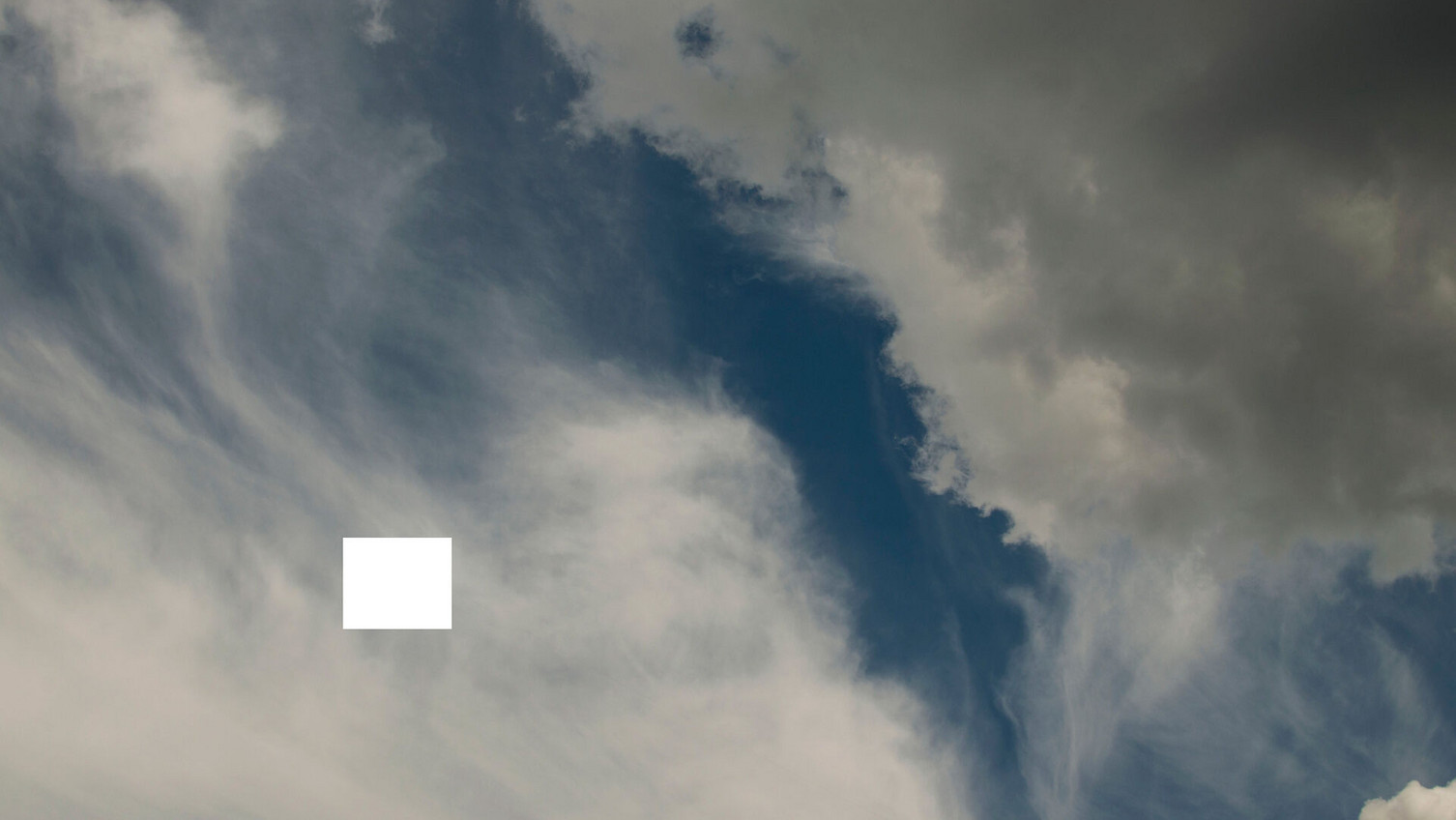LIAS: Dr Bruno Moreschi - Creative white spot
2024-07-16 The Brazilian artist and researcher analyses an image database with training data sets for artificial intelligence. Each motif was described with just one term. This abbreviation of content creates an imbalance that Bruno Moreschi would like to rectify with a creative experiment.
The ImageNet image database was developed at Stanford University and contains around 14 million images. Each motif should be described with a keyword. "The American university hired underpaid micro-workers via Amazon's crowdworking platform," reports Bruno Moreschi. The workers were not trained, nor did they have enough time to describe the images.
Nevertheless, artificial intelligence is trained on the basis of this database. The abbreviation of content creates an imbalance, explains Bruno Moreschi: "A picture is more than just an element." The artist and researcher shows a photo of a small bird on a wide sky. "Almost everyone would use the word 'bird' to describe this motif," explains Bruno Moreschi. The context - i.e. the blue sky and the clouds - remained unnamed. With the image of an animal, this omission doesn't cause major problems. The situation is different when the picture shows a white male, for example, who is tagged with the keyword "man". "Images of western-looking people dominate ImageNet," explains Bruno Moreschi. In the search query "man", the AI would therefore probably draw a white man and ignore the diversity of skin colours. "We know that the AI is not neutral and criticise some of the racist and sexist results. However, the cause lies not only in the algorithms, but also in the training data," says the researcher.
As an artist, Bruno Moreschi aims to draw attention to the problem with a creative experiment: He obscures the part of the image that provided the keyword with a white square - in the case of the sky photo, the bird: "I would like to ask the test subjects to think about what might be behind the white spot, such as a bird, an aeroplane, a balloon or a cloud. With this new, more creative data set, Bruno Moreschi wants to retrain the AI - at least in part. "I use art and artistic practice to better understand how AI works," explains the researcher.
Dr Bruno Moreschi studied Art at the State University of Campinas (Unicamp, BR). There he received his doctorate in Fine Arts with a study visit to the University of the Arts in Helsinki. Bruno Moreschi was a research fellow at the Collegium Helveticum (ETH, University of Zurich and ZHdK) from September 2023. Since April 2024, Bruno Moreschi has been a fellow at LIAS at Leuphana University (2024) and also works as an author, artist, and filmmaker.


